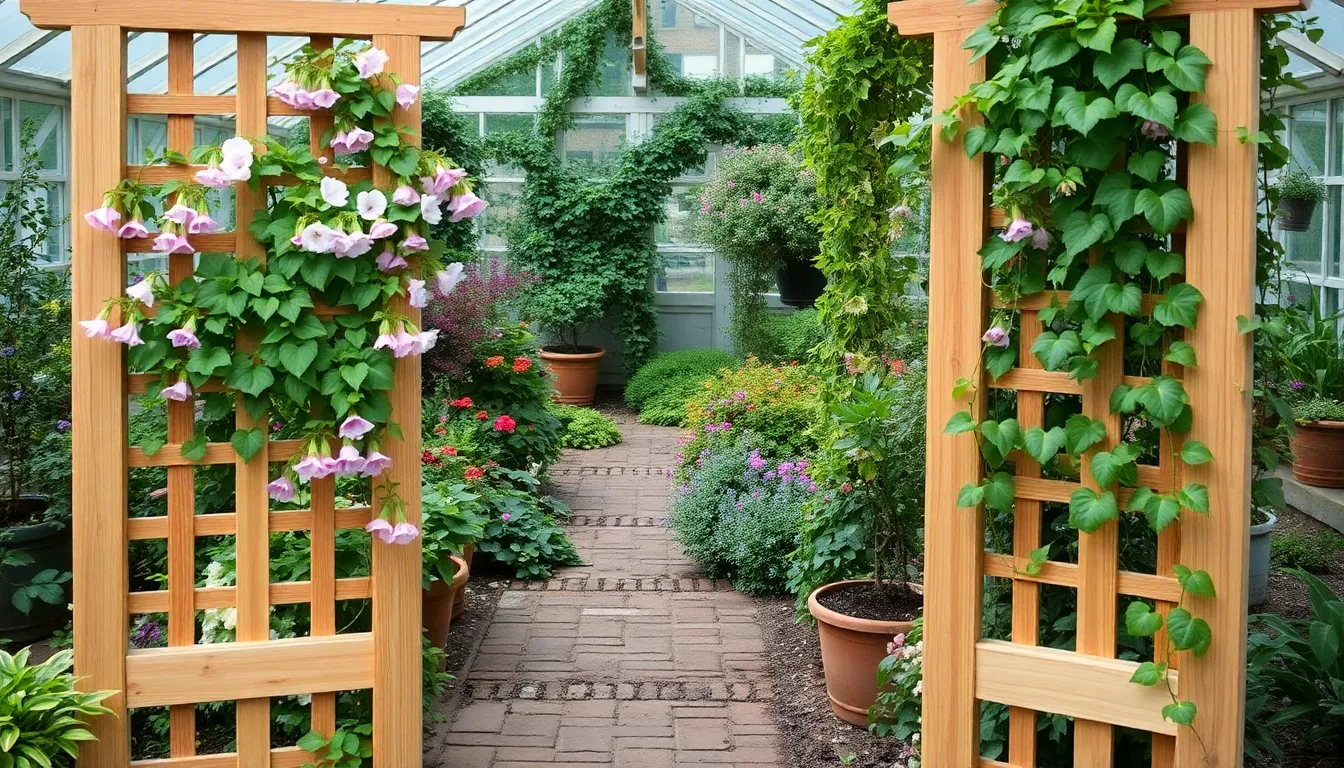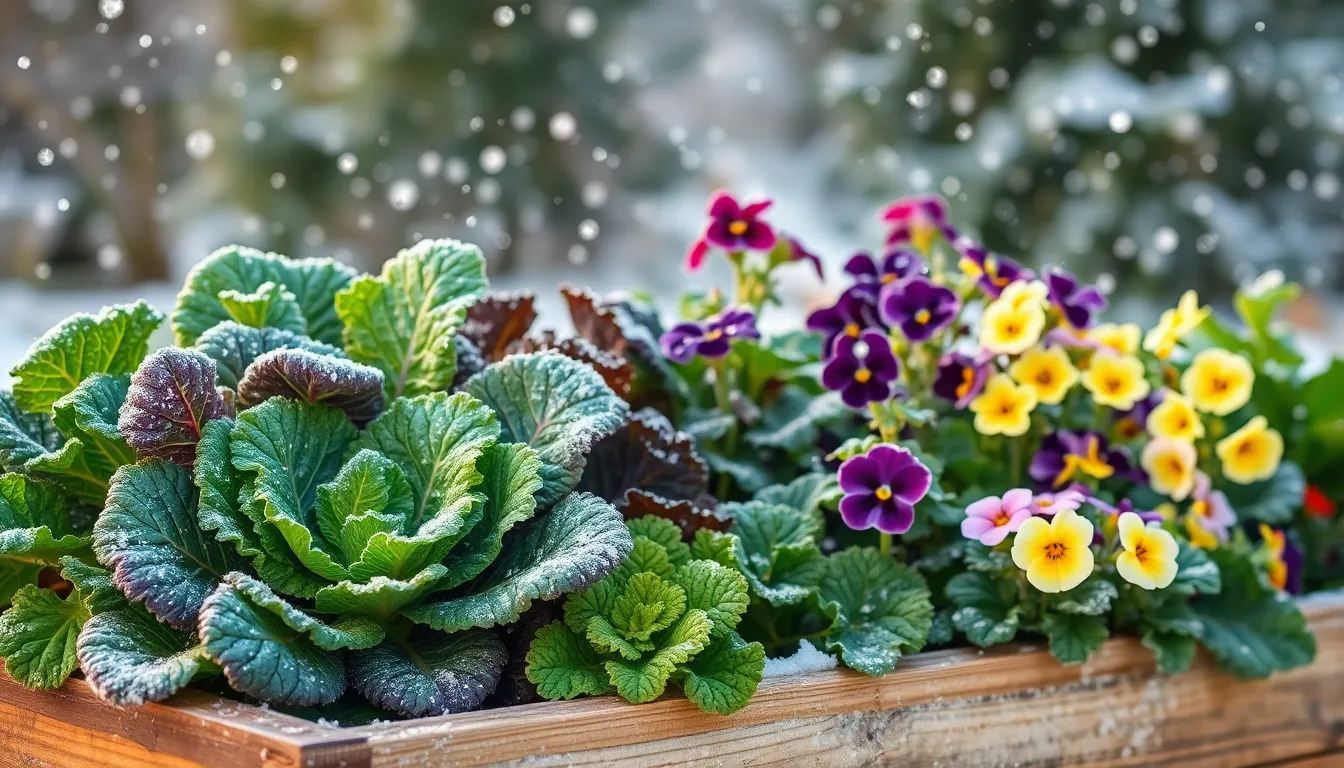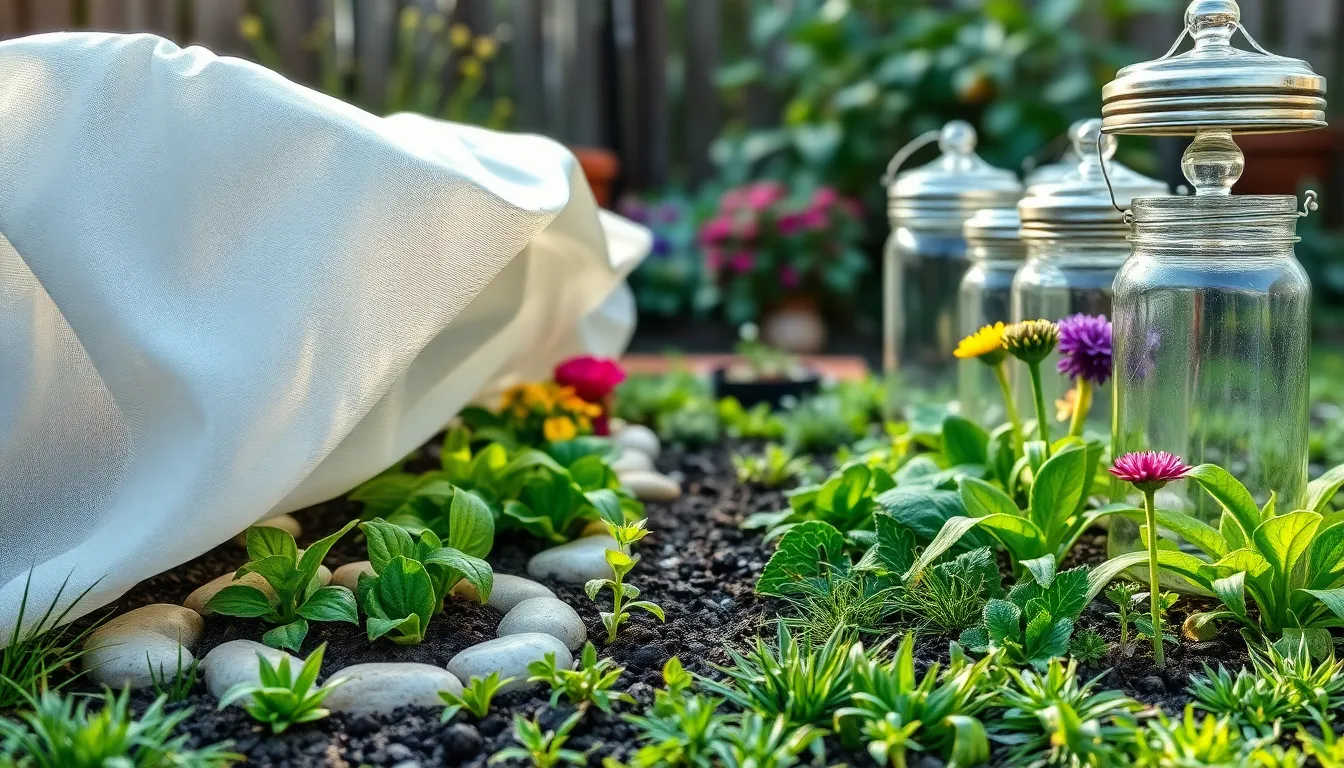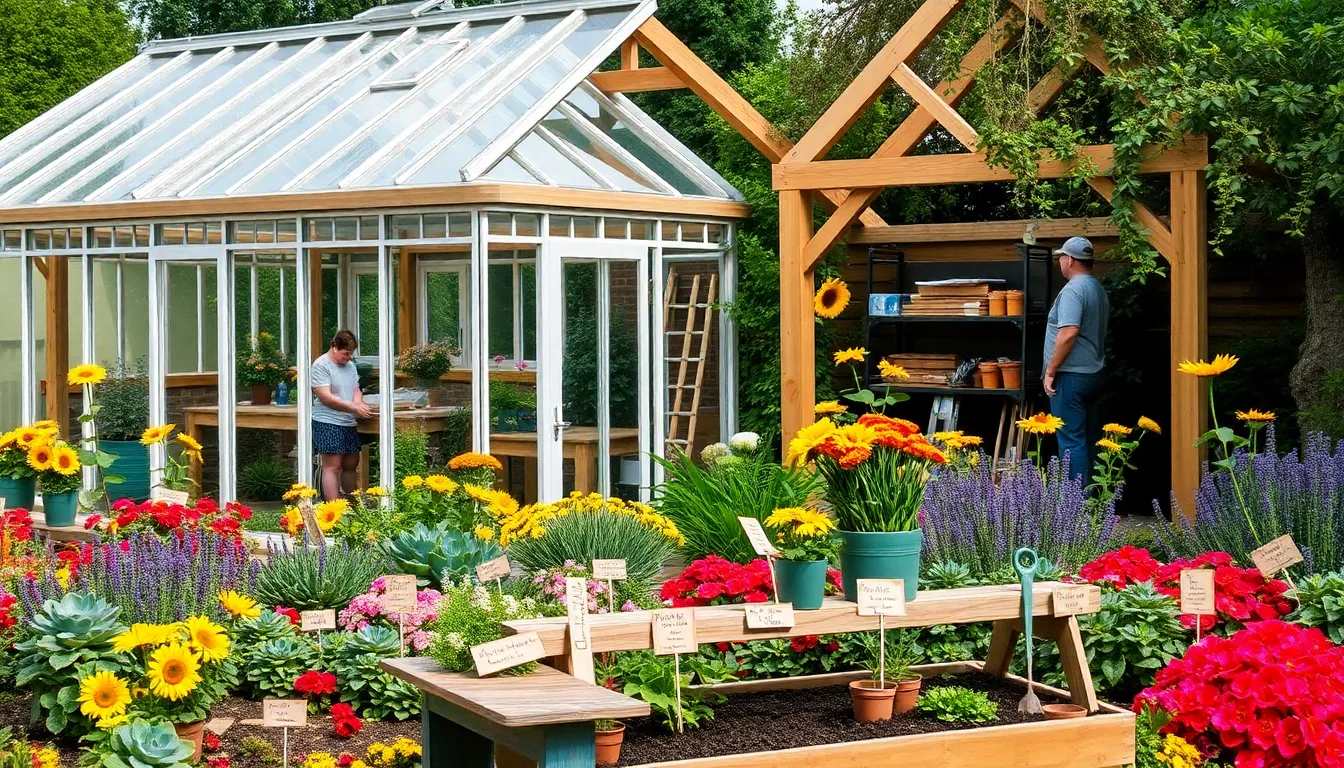For those who cherish the art of gardening, the garden trellis stands as both a functional and aesthetic marvel. Whether you’re nurturing a sprawling clematis or supporting a robust tomato plant, understanding the role of a trellis can transform your garden into a vibrant tapestry of life. Gardeners, both novice and seasoned, often find themselves pondering the optimal frequency for installing or updating these structures. This article aims to unravel the mystery, empowering you with knowledge to make the best decision for your unique green sanctuary.
Every gardener knows that each plant has its own story and growth pattern. By diving into this guide, you’ll learn how a trellis can promote healthier plants, maximize space, and even enhance the beauty of your garden. We’ll explore the practical aspects of trellis installation, ensuring you get the most out of your vertical gardening endeavors. With insights tailored for both beginners eager to experiment and veterans enhancing their craft, this article promises valuable takeaways for everyone.
As we journey through this topic, you’ll discover signs that indicate when a trellis is needed and how often you should consider adding or replacing one. We’ll walk you through selecting the right materials and styles that suit your plant’s needs and your garden’s character. By the end of this article, you’ll feel equipped and inspired to make your garden flourish with the right support. Let’s embark on this trellising adventure together, turning your garden into a captivating and thriving oasis.
Understanding Trellis Installation Timing
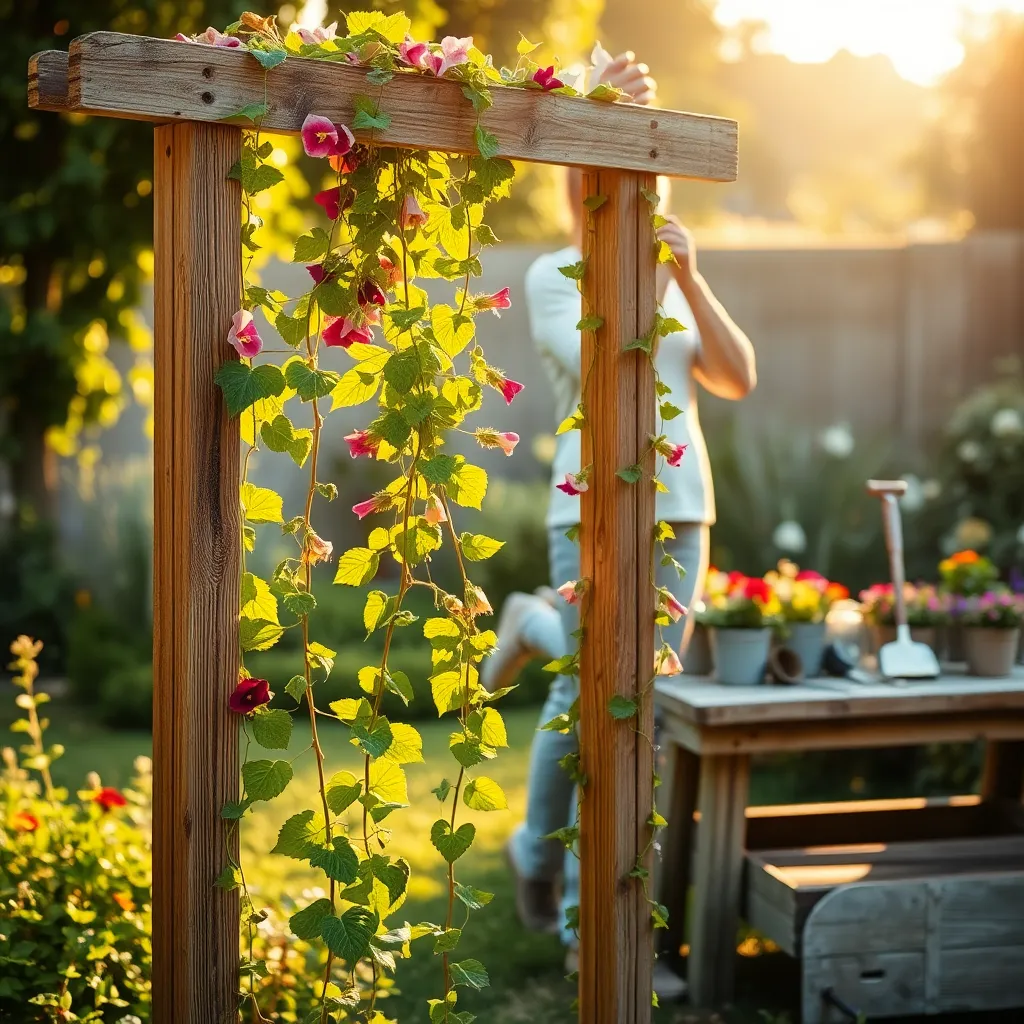
Timing your trellis installation correctly can significantly impact the success of your climbing plants. It’s essential to install a trellis before your plants begin to outgrow their initial space, ensuring they have ample support from the start.
Install your trellis in early spring, just before planting seeds or seedlings. This allows you to position the structure without disturbing any growing roots, providing a stable foundation for plants like peas and cucumbers.
For gardeners working with established plants, it’s still possible to introduce a trellis, but care must be taken. Gently weave the plant’s growth into the trellis, ensuring not to damage stems or leaves, which can hinder growth.
Consider the specific needs of your plants when determining trellis timing. For instance, fast-growing climbers like pole beans may require earlier support compared to slower-growing varieties like clematis.
Factors Affecting Installation Frequency
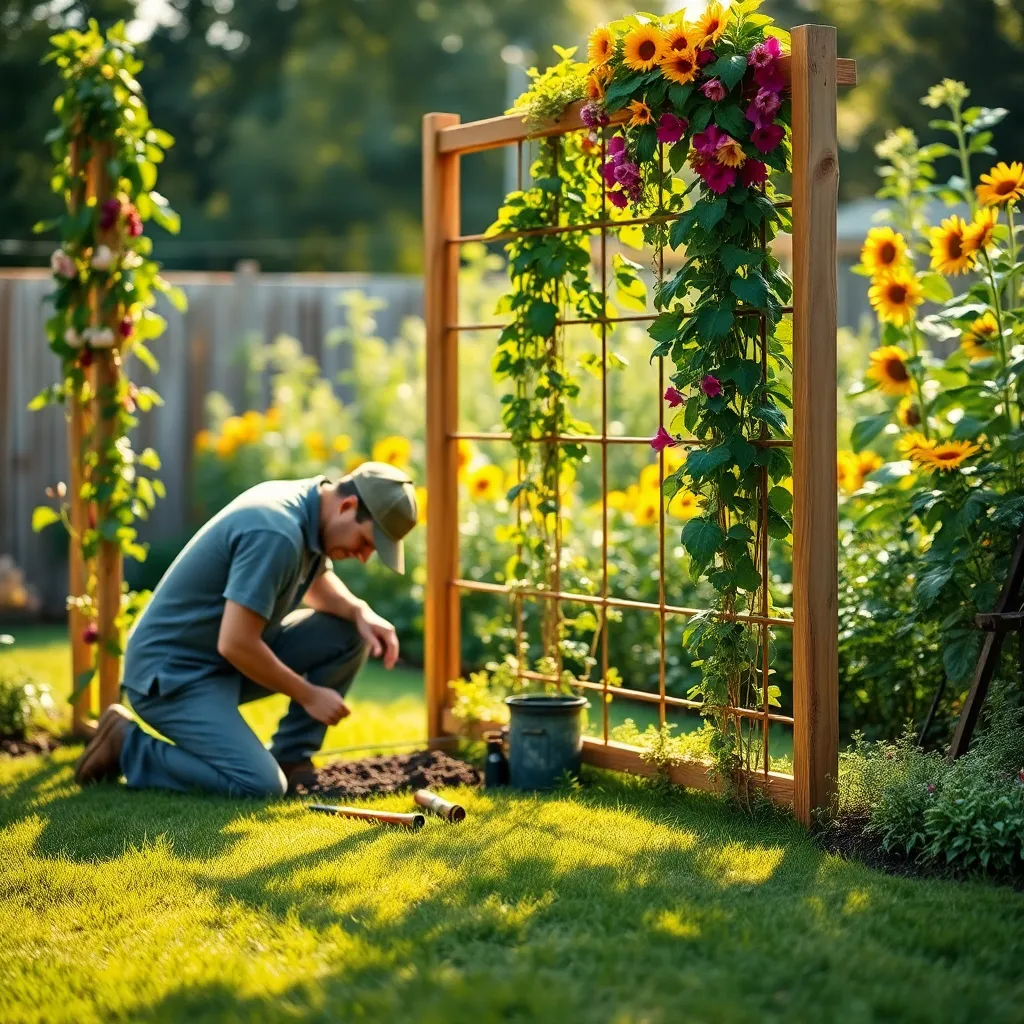
When considering how often to install a garden trellis, it’s crucial to evaluate the types of plants you’re growing. Vining plants like tomatoes and peas will benefit from an early installation, while slower-growing species may only require a trellis as they mature.
Another factor influencing trellis installation frequency is the growing season length in your area. In regions with shorter seasons, installing a trellis early ensures that plants can maximize vertical space quickly, while in longer growing seasons, you might wait until plants show signs of needing support.
Soil type can also affect how often you need to install or adjust your trellis. For instance, sandy soils might require more frequent checks and adjustments due to their loose nature, potentially causing trellis instability, whereas clay soils provide a firmer base, reducing the need for frequent reinstallation.
Consider the size and weight of the plant as it grows when determining installation frequency. Heavier plants, such as squash or cucumbers, might necessitate stronger support systems installed at the onset of planting to prevent damage later on. Keep an eye on plant growth habits and adapt your trellis accordingly to maintain optimal support.
Seasonal Considerations for Trellises
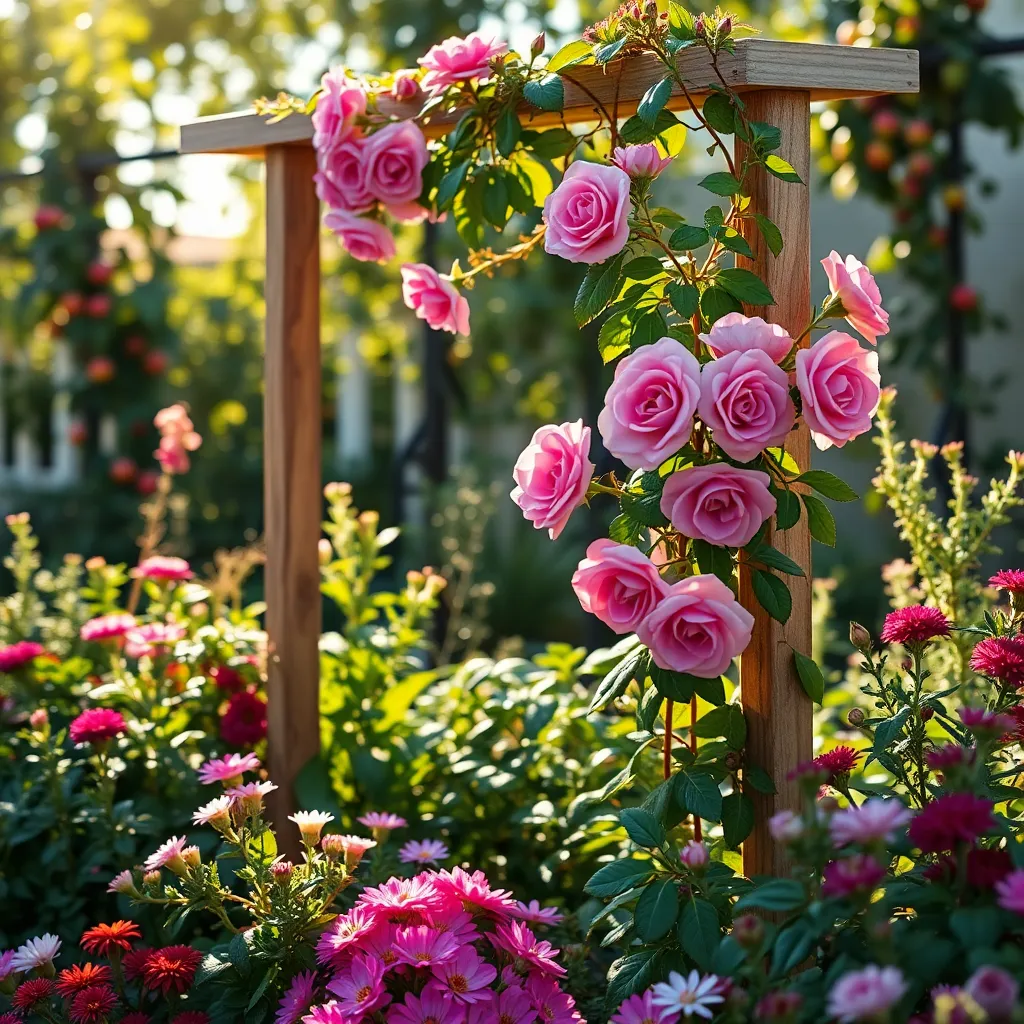
When considering seasonal factors for installing a garden trellis, understanding your local climate is crucial. Different seasons bring varying challenges that can impact the stability and effectiveness of your trellis system.
In spring, it’s beneficial to install trellises early as many climbing plants like peas and beans are rapidly establishing their growth. Ensure your soil is well-prepared before installation by enriching it with compost, which supports healthy root development.
Summer demands a focus on maintenance, as plants are in their peak growing season. Regularly check that your trellises are securely anchored because rapid growth can add unexpected weight and stress to the structure.
As fall approaches, it’s time to assess the durability of your trellises for the upcoming winter. Consider materials like metal or treated wood, which offer greater resistance to cold and moisture compared to untreated wood, ensuring your trellis can withstand harsh conditions.
Signs You Need a New Trellis
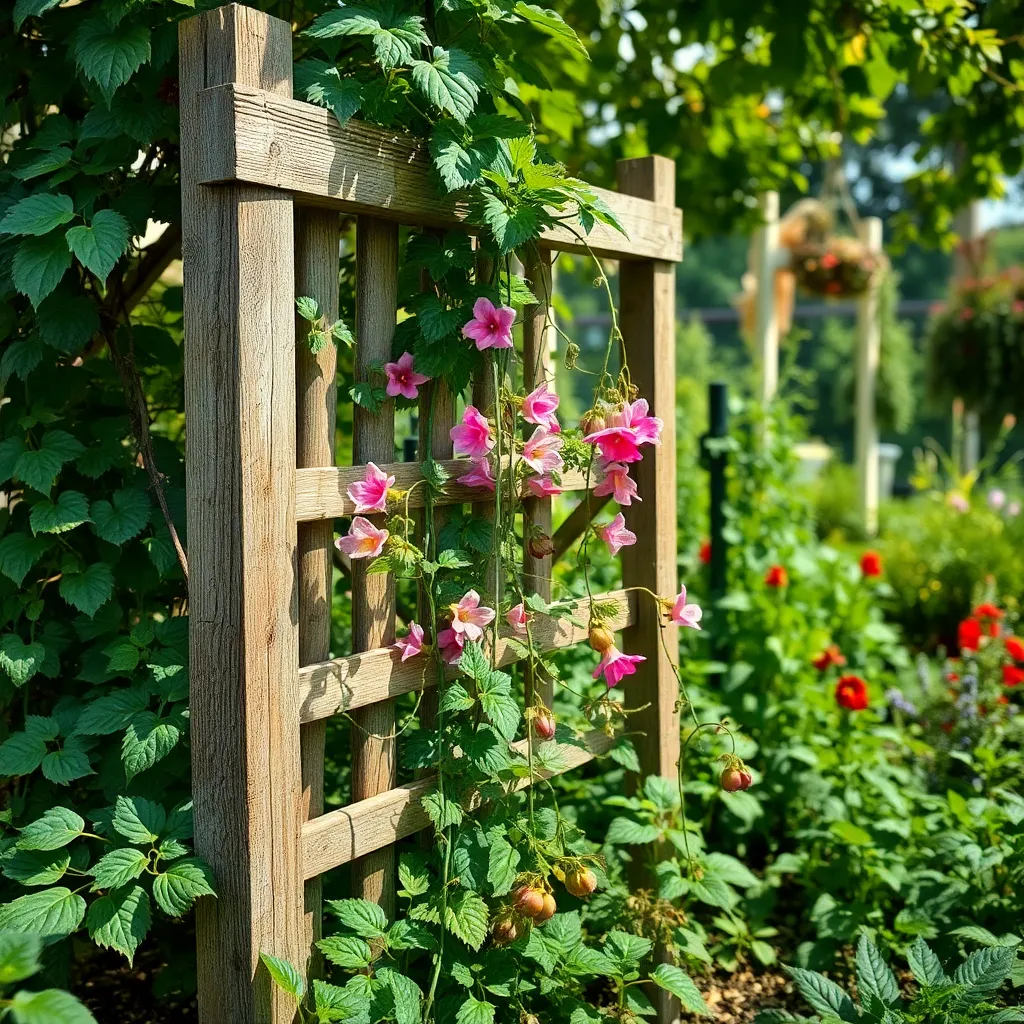
As your garden matures, you may notice that some trellises are no longer up to the task of supporting your plants. One sign you need a new trellis is if the current one is visibly leaning or sagging under the weight of your plants. This can lead to damage or breakage, potentially harming your plants as well.
Another indicator is the material degradation of your existing trellis. Wooden trellises might show signs of rot, while metal ones can rust. These conditions compromise the stability and effectiveness of the trellis, making it necessary to replace them swiftly.
If you find that your plants are outgrowing their support structure, it’s time to consider upgrading. Plants like tomatoes, cucumbers, and climbing roses need sturdy and taller supports as they grow vigorously. Ensure the new trellis is installed at least six inches deeper into the soil for added stability.
Finally, if you’re introducing new plants that require trellising, evaluate if your current setup can accommodate them. Diverse plant species may need different types of trellises to thrive. Consider trellises made of different materials like bamboo or vinyl for variety and durability, depending on the plant’s weight and growth pattern.
Maximizing Trellis Longevity

To maximize the longevity of your garden trellis, it’s essential to choose materials wisely. Opt for rot-resistant woods like cedar or redwood, or consider metal options for added durability.
Regular maintenance plays a crucial role in extending the life of your trellis. Inspect your trellis annually for signs of wear or damage and address any issues promptly to prevent further deterioration.
In addition to material choice and maintenance, location matters. Position your trellis in an area with good air circulation and sunlight, as this can help prevent mold and decay. Avoid placing the trellis too close to sprinkler systems to minimize water exposure, which can lead to rot.
For those looking to add a protective layer, consider applying a sealant to wooden trellises. This not only helps in weather-proofing but also enhances the aesthetic appeal of the structure. Choose a non-toxic, plant-safe wood preservative to ensure it doesn’t harm your climbing plants.
Conclusion: Growing Success with These Plants
In wrapping up our exploration of “How Often Should You Install A Garden Trellis,” we unearthed five pivotal relationship concepts: the importance of regular maintenance, the balance between support and freedom, the beauty of growth, the necessity of adaptability, and the role of patience. Just like a garden trellis supports plants to grow and flourish, these principles guide the nurturing of our relationships.
As an immediate next step, take a moment to reflect on which aspect of your relationship might need a little more support—be it communication, shared time, or personal growth—and commit to nurturing it today.
Remember, relationships, like gardens, thrive on consistent care and attention. Bookmark this article as a handy guide to revisit these concepts whenever you need a gentle reminder or a fresh perspective.
As you move forward, know that the seeds of effort you plant today can blossom into the beautiful, resilient relationship you desire. Empowered by these insights, you’re well on your way to cultivating a thriving connection. Save this article to your favorites, and let it be your trusty companion on your journey to relationship success.

